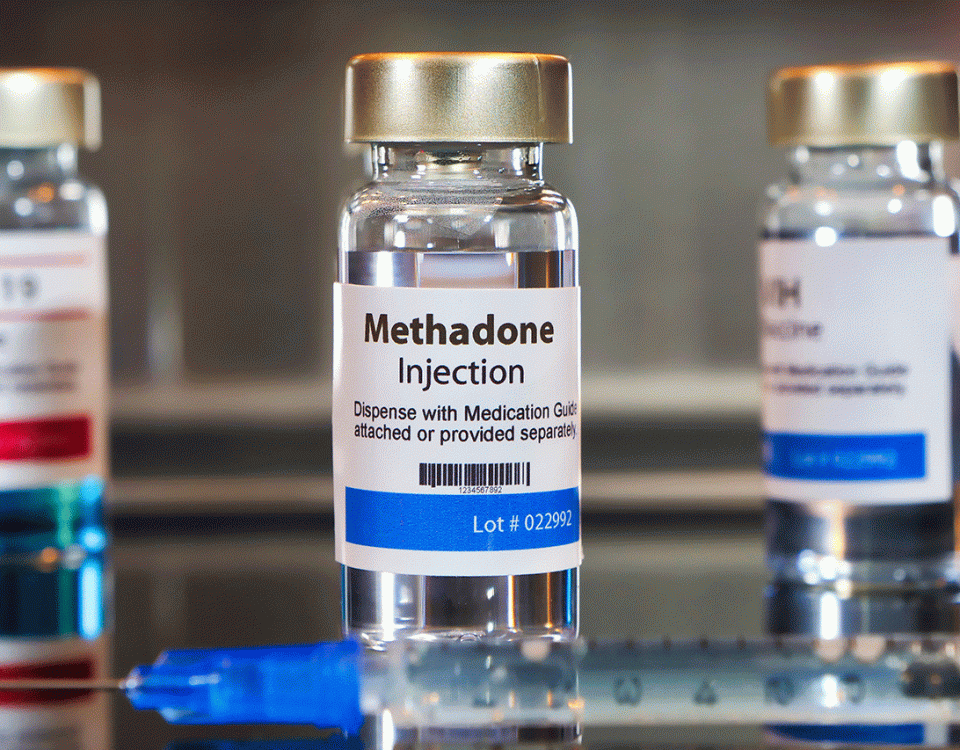When someone uses drugs intravenously (IV) or injects them into a vein, they may have to filter the substance before they fill the syringe. Many IV drug users use makeshift filters like cigarette filters or cotton balls. However, when these foreign objects make their way into the drug – particularly cotton – the user may experience severe flu-like symptoms. Today we’re looking at one of the most major risks of IV drug use: cotton fever.
What Is Cotton Fever?
People inject drugs in various ways, but the most common way is by injecting the substance into the vein. This is known as intravenous or IV drug use. Many users prefer this form of administration because it causes the most rapid effect.
A person who injects drugs may first dilute or liquefy the substance, usually by heating it. After the drug becomes a liquid, it’s then loaded into a syringe or needle. However, certain drugs must be filtered before they can be loaded into the syringe to catch any impurities, an especially common practice with heroin.
As we mentioned earlier, cotton balls are commonly used as filters for drugs before they’re injected, mostly because they’re cheap and readily available. Once a drug is liquefied, the person draws the substance through the filter and into the syringe. A common risk of this practice is a condition known as cotton fever.
Cotton fever is the street term for the post-injection fever experienced by many IV drug users after injecting or “shooting up” heroin or other drugs that have been filtered through a reused cotton ball or filter. Many intravenous drug users reuse cotton balls or filters when filtering these drugs, which increases their risk of contracting an infection or disease, resulting in fever.
Compared to other IV drug use risks, cotton fever is fairly benign, although just as dangerous. Cotton fever also goes away on its own, with symptoms usually dissipating after a few hours. However, this doesn’t mean you shouldn’t get treatment.
Cotton Fever Symptoms
Cotton fever may mimic the symptoms of heroin withdrawal. Cotton fever onset is usually within 30 minutes of the injection. The most common symptoms of cotton fever from shooting up drugs include:
- Headaches
- Chills
- Nausea and/or vomiting
- General malaise or feelings of discomfort and unwellness
- Extreme joint and muscle pain
- Shortness of breath
- Severe back and kidney pains
- Anxiety
- Extreme shivering and tremors
- Elevated heart rate
- Abdominal pain
- Fever
- Elevated white blood cell count (leukocytosis)
Cotton fever got its name from drug users believing that cotton would get into the syringe during filtration. However, the main cause of cotton fever is a form of sepsis or an inflammatory blood infection that’s caused by the unsanitary and unsafe practice of intravenous drug use. Cotton fever most often occurs in people who reuse syringes or needles that contain mold or bacteria in the chamber, which is where the solution is loaded before being injected.
These users are injecting mold spores and bacteria into their bloodstream along with the drug solution they’ve prepared, causing the symptoms mentioned above. Cotton farmers in the 1940s also experienced similar symptoms when working their farms, and it was discovered that an endotoxin released by bacteria used to colonize cotton plants is actually what causes cotton fever.
This endotoxin produces symptoms like the ones mentioned above when it enters someone’s bloodstream. Moreover, despite the name, cotton fever can also occur in IV drug users who don’t use cotton to filter out their drugs.
How Long Does Cotton Fever Last?
Cotton fever symptoms begin within 15 to 30 minutes after the injection and can be anywhere from 6 to 12 hours, depending on the state of the syringe used. Cotton fever is most likely to occur in people who reuse syringes or needles.
The good news is that cotton fever isn’t usually life-threatening, and symptoms tend to subside on their own within 24 hours after the injection. However, it’s recommended that anyone who experiences cotton fever receive medical attention to reduce the severity and duration of symptoms.
Cotton Fever Treatment
A cotton fever cure can usually be found in hospitals where patients receive antibiotics and other medications to alleviate their symptoms. If you believe that you or a loved one is currently experiencing cotton fever, go to the emergency room immediately.
Additionally, cotton fever may be a sign of illicit IV drug use, such as the abuse of heroin or cocaine. In this case, cotton fever is the least of your worries. Long-term drug abuse can lead to a variety of problems, especially when drugs are injected.
IV drug abuse promotes many risks, including skin diseases and blood infections. Drugs like heroin are also highly addictive, which makes it difficult to quit using and affects the individual physically and mentally. If someone you care about is showing signs of IV drug use or you’re struggling with addiction, our Milford treatment center can help.
We offer medical detox in Delaware as well as substance-specific rehab programs to treat withdrawals and help clients safely overcome the physical and psychological repercussions of drug abuse. Our specialists utilize various individual and group therapy methods to also help patients develop sober skills they can practice after rehab and connect with others in the recovery community.
Don’t let addiction dictate your life. Call Banyan Treatment Center today at 888-280-4763 to learn how our Delaware addiction treatment can help you or someone you care about get sober.
Related Reading:
Cheese Heroin: The Snack That Doesn’t Smile Back
Heroin and Liver Damage
Can You Overdose From Smoking Heroin?









